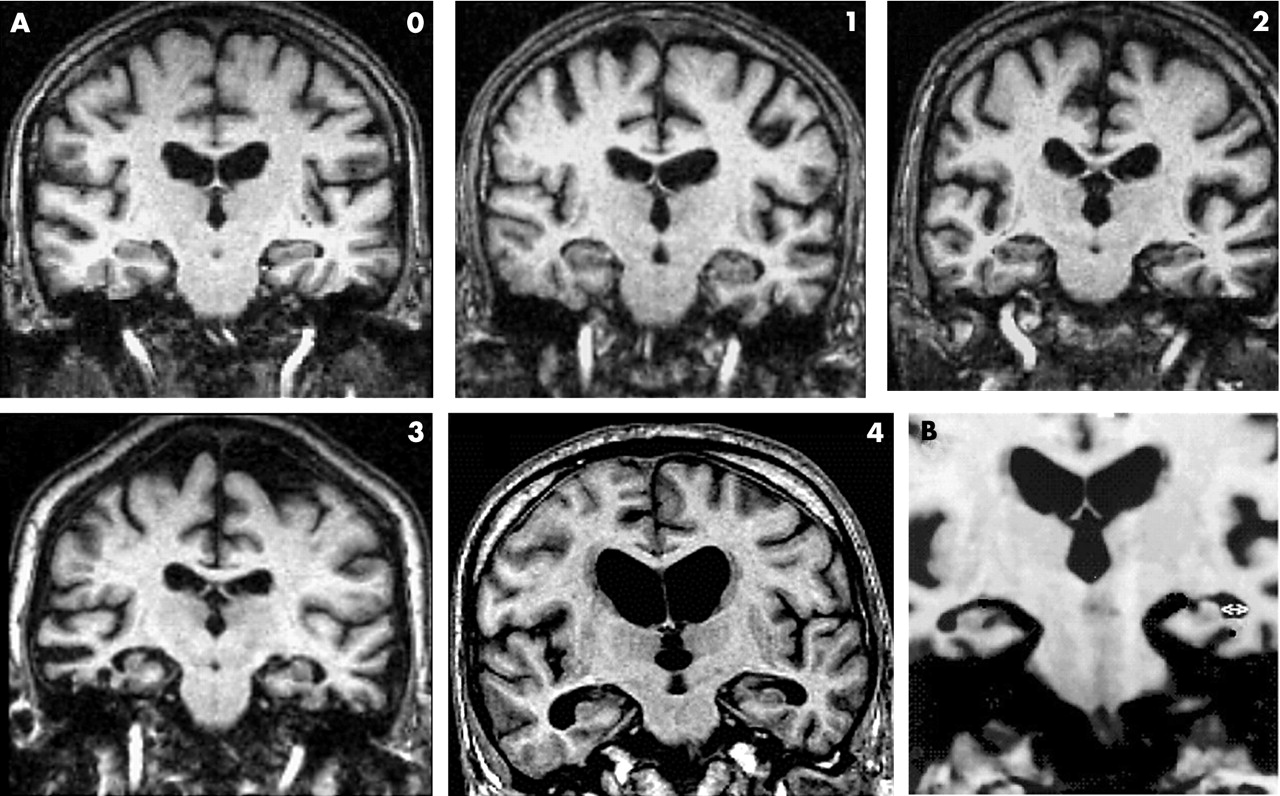

#CONSENSUS SEQUENCES CODE#
Kadonaga and his team employed emerging genomic techniques and devised novel computational strategies to unlock the DNA sequence code for the human Inr. The consensus sequence is also known as a canonical sequence. It is defined as an idealized sequence that represents the predominant base at each position. For example, in nucleic acid notation, Y stands for cytosine or thymine (C/T) N, for any of the four nucleobases (A/C/G/T) W, for adenine or thymine (A/T) and B, for cytosine, guanine, or thymine (C/G/T). The “+1” subscript is used to indicate the specific nucleobase that may serve as a transcription start site. The consensus sequence is a model for a putative DNA binding site that is obtained by aligning all the known examples of a specific recognition site. Nucleic acid notation, however, also includes characters that can be used to spell out degenerate sequences, that is, sequences that retain their identity and function despite containing base locations that may be occupied by alternative bases. These characters correspond to the DNA nucleotides adenine, cytosine, guanine, and thymine, respectively. However, a consensus sequence does not represent all the information in the sequences since in many cases other bases also appear at a significant. The new consensus sequence is written in nucleic acid notation, for which the most familiar characters are A, C, G, and T. most frequent base, called the 'consensus' base, appears on the top of the final graphic and is commonly used to represent the To whom correspondence should be addressed pattern of a sequence (4). As a result, the true Inr sequence code remained a mystery until now. Since then, however, other scientists had proposed a number of different sequences for the human Inr, but none of them were found to be consistently associated with the start sites of human genes. “It is essential for the cell to control the activity of each of its tens of thousands of genes, because the improper control of gene activity can lead to adverse outcomes such as cell death or the formation of a cancer cell.”įirst observed by Pierre Chambon and his colleagues in Strasbourg, France in 1980, the human Inr and its role in gene activation were articulated in 1989 by two MIT biologists, Stephen Smale and David Baltimore at MIT, who revealed in the 1990s the approximate sequence code of the Inr. What does consensus sequence mean Information and translations of consensus sequence in the most comprehensive dictionary definitions resource on the web. In the future, it will be possible to use the code to identify other regulatory signals and, in this way, gain a more complete understanding of how human genes are turned on and off.” Definition of consensus sequence in the dictionary. “The solution of the human Inr code will enable us to explore new frontiers in gene regulation. Kadonaga, a professor of molecular biology who led the UC San Diego scientists. “There are many sequence signals that control gene activity in human cells, and the Inr is the most commonly occurring sequence at the start sites of genes,” said James T.


 0 kommentar(er)
0 kommentar(er)
